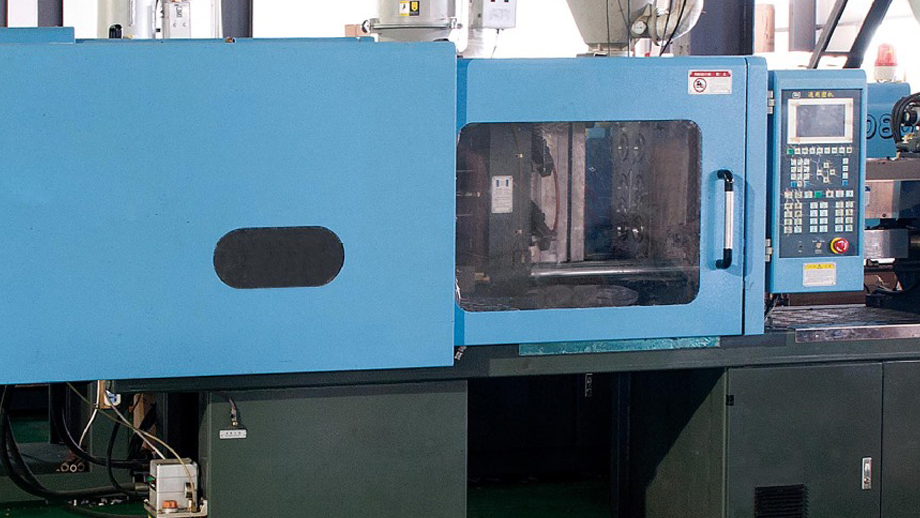Deformation is a common issue in planar injection molded parts, which can lead to a variety of problems such as warping, cracking, and dimensional instability. This can be caused by a range of factors including material selection, tooling design, processing parameters, and environmental conditions. In order to solve this problem, there are several key skills that need to be mastered.

- Material Selection
The choice of material is critical to the success of any injection molding project. In order to avoid deformation, it is important to select materials that have a high degree of dimensional stability, good flow properties, and a low coefficient of thermal expansion. Some common materials used for planar injection molding include polypropylene, polystyrene, and ABS.
- Tooling Design
The design of the injection mold is another important factor in preventing deformation. The mold should be designed with proper gating locations, venting, and cooling channels to ensure that the material flows evenly and cools uniformly. Additionally, the mold should be made with high-quality materials to prevent wear and tear.
- Processing Parameters
The processing parameters used during injection molding can have a significant impact on the final product. It is important to optimize parameters such as temperature, pressure, and injection speed to ensure that the material flows evenly and does not experience any localized overheating or cooling. Furthermore, it is important to monitor the process closely to ensure that any issues are identified and addressed as quickly as possible.
- Environmental Conditions
The environment in which the injection molding takes place can also have an impact on the final product. Factors such as humidity, temperature, and airflow can all affect the cooling rate of the material and lead to deformation. It is important to control these environmental conditions as much as possible to ensure that the material cools uniformly and does not experience any warping or cracking.
- Post-Processing Techniques
Finally, post-processing techniques such as annealing or stress-relieving can be used to help prevent deformation in planar injection molded parts. Annealing involves heating the material to a specific temperature and then allowing it to cool slowly, which can help relieve any internal stresses and increase dimensional stability. Stress-relieving involves applying pressure to the material to help redistribute any residual stresses and improve dimensional stability.

In conclusion, solving the problem of deformation in planar injection molded parts requires a combination of material selection, tooling design, processing parameters, environmental control, and post-processing techniques. By mastering these key skills, it is possible to produce high-quality, dimensionally stable parts that meet the needs of a wide range of industries. If you have any questions or concerns about injection molding, please don’t hesitate to contact JS Precision for more information. Our team of experts is always happy to help.
